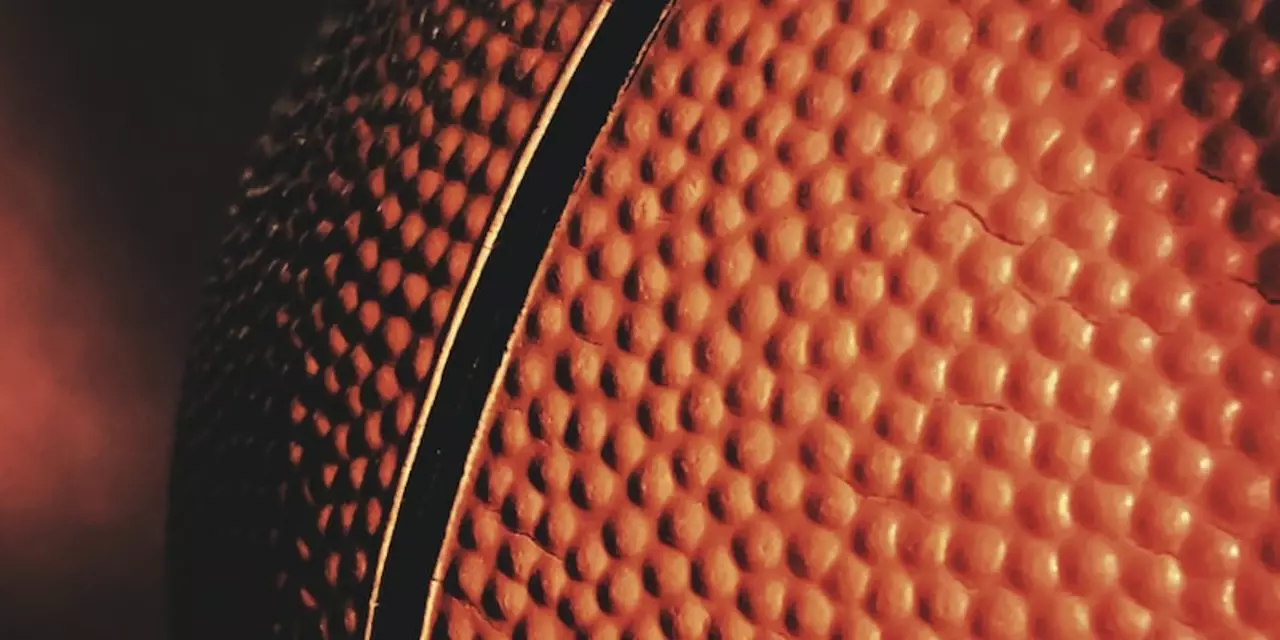Understanding Allowance in Hockey
When you hear the word allowance in a hockey conversation, you might picture a kid getting money for chores. In the rink, allowance is a different beast. It’s the budget a team or player has to work with, whether it’s the salary cap, equipment costs, or travel funds. Knowing how these allowances work helps you follow the sport better and gives you insight into why teams make certain moves.
Salary Cap Allowance: The Big Money Rules
The most talked‑about allowance in professional hockey is the salary cap. Leagues set a maximum amount each team can spend on player salaries. This cap keeps the playing field even and stops rich teams from buying every star. When a club reaches its cap, it has to get creative—trade players, sign shorter contracts, or use “cap space” to keep a promising rookie on a lower‑pay deal.
Cap space is essentially an unused portion of the allowance. Teams love it because it gives them flexibility to fill gaps caused by injuries or trades. If a team goes over the cap, the league can hand out penalties, fine the organization, or even force roster cuts. That’s why you’ll often hear general managers talking about “staying under the cap” as a daily challenge.
Equipment and Travel Allowances: The Everyday Costs
Below the big league money, there’s a more personal allowance for players: equipment and travel budgets. Junior and high‑school teams usually have a set amount each player can spend on gear. Coaches track this to make sure everyone gets a safe, decent stick, helmet, and skates without breaking the bank. Some clubs even offer a small stipend for travel expenses, especially if players have long bus rides to games.
If you’re a parent wondering how to stretch a $150 equipment allowance, start with the basics: a solid composite stick, a well‑fitted helmet, and a pair of good skates. Look for sales, buy used gear in good condition, and ask the team if they have any shared equipment programs. Small savings add up, and the player stays safe on the ice.
For adult recreational leagues, allowance often means the amount you can spend on ice time, locker rentals, and league fees. Many leagues post a budget guide so players know what to expect before signing up. Keeping within this allowance avoids surprise fees and keeps the season fun.
Overall, allowance in hockey is about balance. Whether it’s a multi‑million‑dollar salary cap or a $50 equipment budget, the goal is to give everyone a fair chance to play and compete. Understanding where the money goes helps you appreciate the strategic decisions you see on the scoreboard and the behind‑the‑scenes negotiations.
Next time you hear a commentator mention “cap space” or a coach talk about “budget cuts,” you’ll know they’re referring to different types of allowance. It’s all part of the game’s financial ecosystem, and it shapes everything from player trades to the quality of gear you see on the bench.

Why is punching allowed in Hockey but not in basketball?
Punching is a common form of physical contact in sports, and is allowed in some sports but not others. Hockey, for example, allows punching, while basketball does not. This is because the rules of hockey permit physical contact, while basketball does not. Hockey players use punching to show dominance, while basketball players must use skill, speed and agility to control the ball and outplay their opponents. Punching can cause serious injury in basketball and is therefore not allowed. Therefore, punching is an accepted part of hockey but is not allowed in basketball.
View More